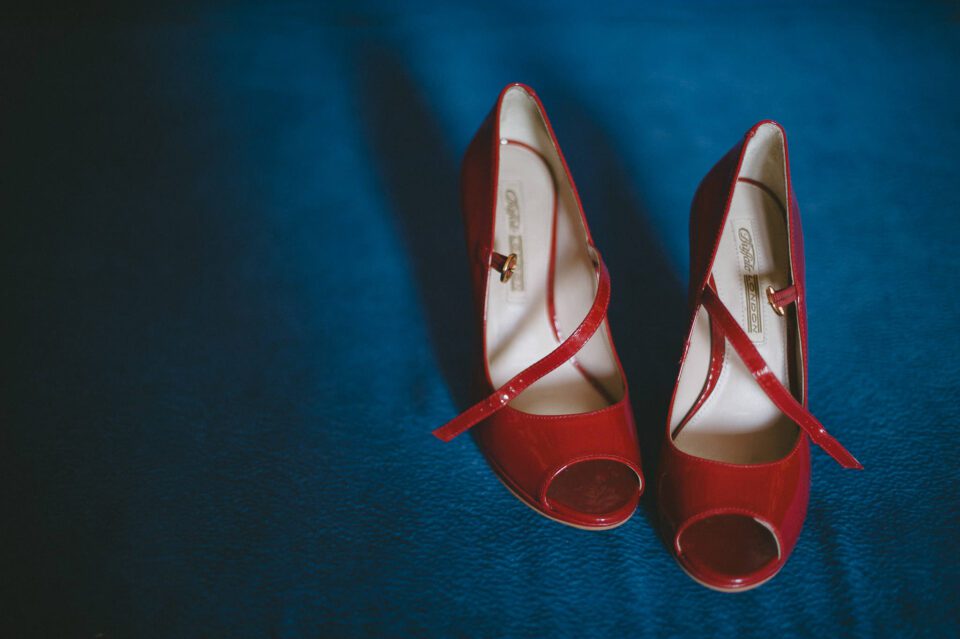Considering the rule of thirds is perhaps the most popular (certainly the best known) way of composing an image, but only a short while ago did it dawn on me that not everyone is familiar with this composition guide. But that’s alright. After all, the first reason why we are here is to learn. What I found slightly worrisome is that we didn’t actually have an article on the rule of thirds. It is about time we rectify the problem.
What is the Rule of Thirds?
You should see the rule of thirds as the default choice of composition for most photographers, the most popular guideline. Basically, it dictates that, during the process of composing a photograph, the frame should be divided into nine equal rectangles by four intersecting lines, two of which cut the frame into thirds vertically, the other two – horizontally. A popular 3:2 frame would be divided thus:

As you may gather, a square frame would be divided into nine smaller equal squares. The elements of importance within a given frame should be placed at the intersection points of these lines, as shown in the above scheme, or go alongside them. So, for example, a landscape image composed perfectly according to the rule of thirds would mean the horizon placed at either one third of the frame from the bottom, or one third from the top (if the horizon is a key element in the given photograph, of course):
It is important to keep in mind that the rule of thirds can also be followed when using other composition guides. For example, I left quite a lot of space at the top of the frame with this portrait and although the bride’s eyes are still centered along the vertical axis, they are placed at the third of the frame horizontally:
Why is It so Popular?
Rule of thirds is a derivative of the very well known golden mean, a composition and ratio guideline based on the Fibonacci sequence. And, if you are surprised to find art and math have something in common, don’t be – the golden mean has been known for thousands of years now, if I am not mistaken. Be that as it may, golden mean is a ratio that people find to be particularly pleasing and natural. Basically, it is considered to define perfect proportion and is also found not only among objects of art, but also in nature.
So, because the rule of thirds is a derivative of the golden ratio, it is easy to understand why we find it to be so pleasing to the eye. But that’s not the main reason for its popularity. You see, the perfect ratio that I mentioned is approximately 1:1.619 and, as you understand, isn’t particularly easy to previzualize when composing a photograph through the viewfinder. In comes the rule of thirds with its simplified divide-into-three-equal-parts approach. It’s much easier to apply in the field, yet retains the bigger part of the aesthetic appeal of the golden ratio. That is what makes it so accessible and usable by the majority of photographers, and not just beginners.
As you can see from the images, I apply the guide myself every now and then. Having said that, I am not too big a fan of this type of composition and rarely follow the guideline on purpose (I had to adjust or add some cropping for a few of the photographs shows here as I struggled to find enough examples), but it does happen naturally from time to time.
Final Words
The rule of thirds is certainly worth learning. Yes, it may be the guide for the masses, but rightfully so – it’s both easy to learn and effective. However, whether you should always meticulously follow the guide is a different question altogether. I would suggest you experiment and search for what seems to be the best composition for you for every photograph you take and not just make the default choice. If learning the rule of thirds is a step in the right direction, knowing when not to apply it is a leap in comparison.






A must know rules for the photographers. Thanks for those great ideas. I have a photography blog where I explained about Sunny 16 Rule.
ReplyDeletehttp://trickytechtunes.blogspot.com/2015/11/sunny-16-rule-photography-without-light.html
I think this will be helpful for the readers.